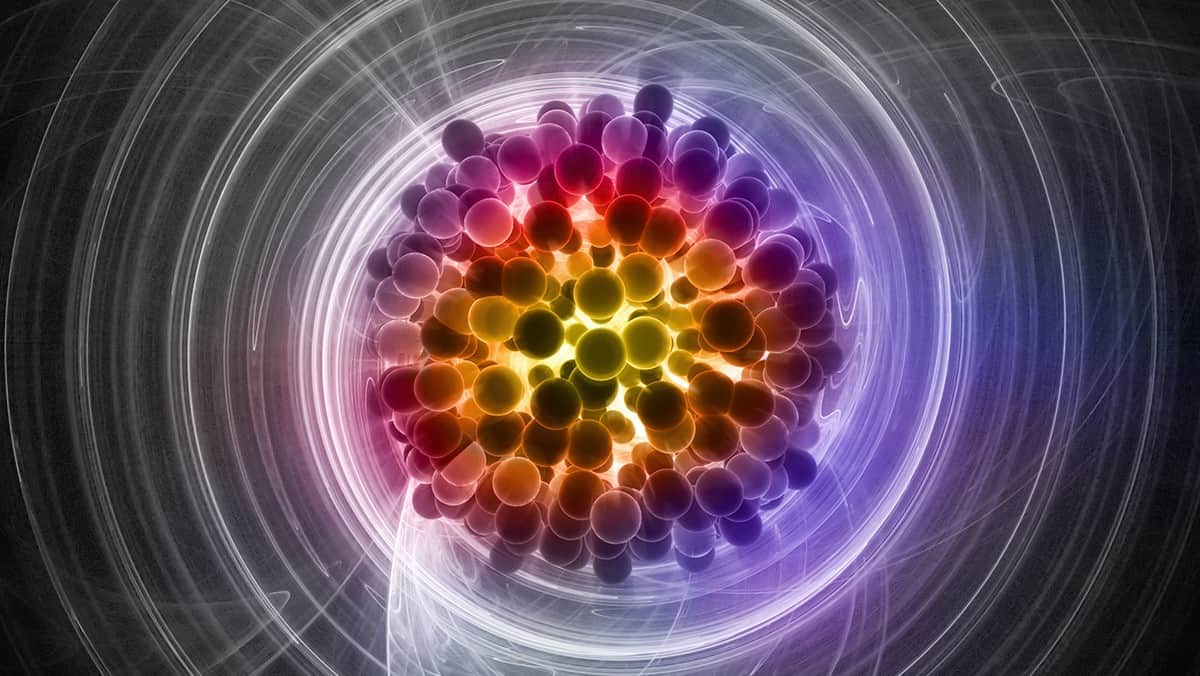Four astronauts were successfully launched on the SpaceX Crew Dragon Resilience to the International Space Station on Sunday, the first of what the US hopes will be many routine missions following a successful test flight in late spring.
Three Americans, Michael Hopkins, Victor Glover and Shannon Walker, and Japan’s Soichi Noguchi blasted off at 7:27pm (5:57am Monday IST) from the Kennedy Space Center in Florida, thus ending almost a decade of international reliance on Russia for rides on its Soyuz rockets.
Crew members of a SpaceX Falcon 9 rocket gesture as they depart for the launch pad
US President-elect Joe Biden hailed the launch on Twitter as a “testament to the power of science and what we can accomplish by harnessing our innovation, ingenuity, and determination,” while President Donald Trump called it “great.”
Congratulations to NASA and SpaceX on today’s launch. It’s a testament to the power of science and what we can accomplish by harnessing our innovation, ingenuity, and determination. I join all Americans and the people of Japan in wishing the astronauts Godspeed on their journey.
— Joe Biden (@JoeBiden) November 16, 2020
A great launch! @NASA was a closed up disaster when we took over. Now it is again the “hottest”, most advanced, space center in the world, by far! https://t.co/CDCGdO74Yb
— Donald J. Trump (@realDonaldTrump) November 16, 2020
Vice President Mike Pence, who attended the launch with his wife Karen, called it a “new era in human space exploration in America.”
The Pences joined NASA administrator Jim Bridenstine and his wife Michelle to watch the launch, clapping as the rocket lifted off.
The capsule successfully separated from the second stage of the rocket and, according to a SpaceX team member speaking over radio, had achieved “nominal orbit insertion.”
That means the capsule is currently on the right trajectory to reach the ISS.
The crew will dock at their destination at around 11:00 pm Monday night (9:30am Tuesday IST), joining two Russians and one American onboard the station, and stay for six months.
In May, SpaceX completed a demonstration mission showing it could take astronauts to the ISS and bring them back safely, a landmark development allowing the US to begin travelling to the space station under its own power once more.
The Crew Dragon earlier this week became the first spacecraft to be certified by NASA since the Space Shuttle nearly 40 years ago.
It is a capsule, similar in shape to the spacecraft that preceded Space Shuttle, and its launch vehicle is a reusable SpaceX Falcon 9 rocket.
At the end of its missions, the Crew Dragon deploys parachutes and then splashes down in water, just as in the Apollo era.
NASA turned to SpaceX and Boeing after shuttering the checkered Space Shuttle programme in 2011, which failed in its main objectives of making space travel affordable and safe.
The agency will have spent more than $8 billion (roughly Rs. 59,600 crores) on the Commercial Crew program by 2024, with the hope that the private sector can take care of NASA’s needs in “low Earth orbit” so it is freed up to focus on return missions to the Moon and then on to Mars.
SpaceX, founded by Elon Musk in 2002, has leapfrogged its much older rival Boeing, whose programme has floundered after a failed test of its uncrewed Starliner last year.
Russians unimpressed
But SpaceX’s success won’t mean the US will stop hitching rides with Russia altogether, said Bridenstine.
“We want to have an exchange of seats where American astronauts can fly on Russian Soyuz rockets and Russian cosmonauts can fly on commercial crew vehicles,” he said, explaining it was necessary in case either programme was down for a period of time.
The reality, however, is that space ties between the US and Russia, one of the few bright spots in their bilateral relations, have frayed in recent years, and much remains uncertain.
Russia has said it won’t be a partner in the Artemis program to return to the Moon in 2024, claiming the NASA-led mission is too US-centric.
Dmitry Rogozin, the head of Russia’s space agency has also repeatedly mocked SpaceX’s technology, and this summer announced Roscosmos would build rockets that surpass Musk’s.
He told a state news agency he was unimpressed with the Crew Dragon’s water landing, calling it “rather rough” and saying his agency was developing a methane rocket that will be reusable 100 times.
But the fact that a national space agency feels moved to compare itself to a company is arguably a validation of NASA’s public-private strategy.
SpaceX’s emergence has also deprived Roscosmos of a valuable income stream.
The cost of round-trips on Russian rockets had been rising and stood at around $85 million (roughly Rs. 600 crores) per astronaut, according to estimates last year.
Presidential transition
Presidential transitions are always a difficult time for NASA, and the ascension of Joe Biden in January is expected to be no different.
The agency has yet to receive from Congress the tens of billions of dollars needed to finalise the Artemis program.
Bridenstine has announced that he will step down, in order to let the new president set his own goals for space exploration.
So far, Biden has not commented on the 2024 timeline.
Democratic party documents say they support NASA’s Moon and Mars aspirations, but also emphasise elevating the agency’s Earth sciences division to better understand how climate change is affecting our planet.
Will Apple Silicon Lead to Affordable MacBooks in India? We discussed this on Orbital, our weekly technology podcast, which you can subscribe to via Apple Podcasts, Google Podcasts, or RSS, download the episode, or just hit the play button below.





